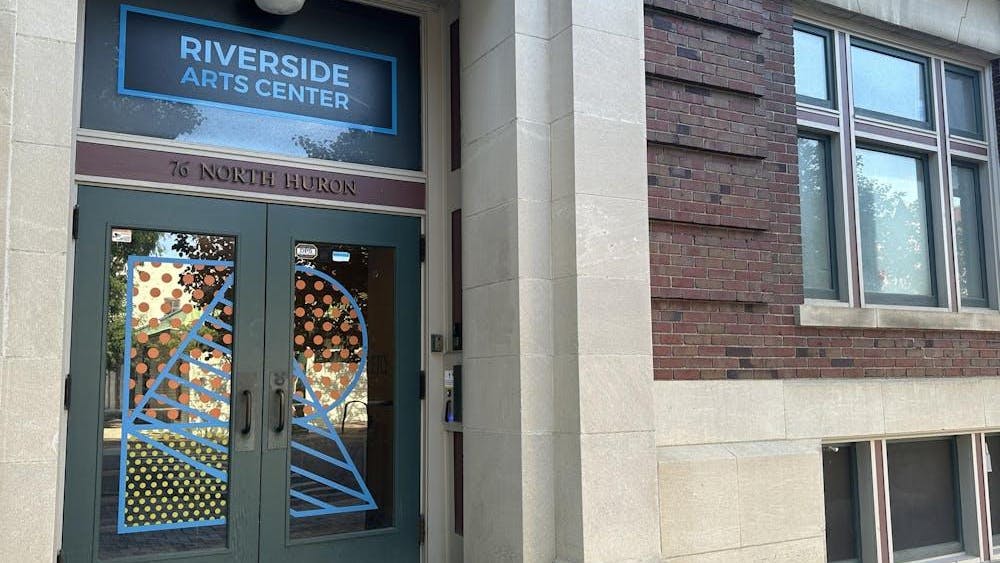The school year opened with across-the-board hikes on most fees across campus as state funding for Eastern Michigan University dwindles.
For the average undergrad taking 30 credits a year this means a $306 annual increase in tuition and mandatory fees – about $10.20 more per credit hour. This is counting both the increased fees and the 3.65 percent tuition increase for this year.
Almost all of the class-related fees, such as for application, registration, late registration and others have seen increases of a dollar or two apiece. The major exception is the new lab and studio fees introduced this year, which can range from nothing up to $75 a course depending on the class. Mandatory fees and program fees for courses at or above the 300-level have increased by similar amounts, but general education program fees remain unchanged.
The additional $3.178 million expected from the new fees will offset the continuing decline in state funding. State funding dropped by $10.3 million over 10 years between 2001 and 2011, and this school year alone it dropped by $11.4 million. EMU received $86.3 million in 2001 and will get $64.6 million this school year.
Michael F. Fox, Eastern Michigan’s executive director of financial planning, said declining state funding has posed a significant challenge in balancing the university budget.
“The university has worked hard over a period of years to reduce the impact on students as the revenues and support available from the State has dwindled,” he said. “The increases in tuition over the past three years are evidence of that. It is a commitment of regents and the administration that has driven decision making.”
As state funding has fallen, other costs have increased. Despite a cut in administrative costs, faculty wages have grown above $4.5 million for the 2012 school year – Eastern added 40 new faculty fall of last year.
“These [figures] reflect the commitment to maintaining the student learning experience through the difficult reductions in the state’s funding,” Fox said.
Colleen Tompkins, assistant director of residential services, said, “Tuition and
room and board have to go up every year, almost.”
The reason is annual inflation, which looks like the prices of everything going up, but is actually the purchasing power of the dollar going down. Workers get paid the same but each dollar buys less then before. Sixty-seven percent of the General Fund’s payout is payroll and 10 percent goes for student aid, with only 11 percent spent on inflation-sensitive ‘services, supplies and materials.’”
Most employers, including EMU, try to compensate workers for inflation. Lack of “cost-of-living” raises was a major issue in the 2006 faculty contract strike. The University currently gives faculty a 1 percent annual cost-of-living raise – inflation over the last year was 3.5 percent.
Campus dining and housing services, however, bear the full brunt of that 3.5 percent increase in the prices they pay for everything from food to building supplies to electricity, which makes up the majority of operating costs. Fees constantly climb to compensate, but not completly: This year’s room and board rate hike of 2.15 percent is less then inflation. Dining services have absorbed some rising costs as well.







